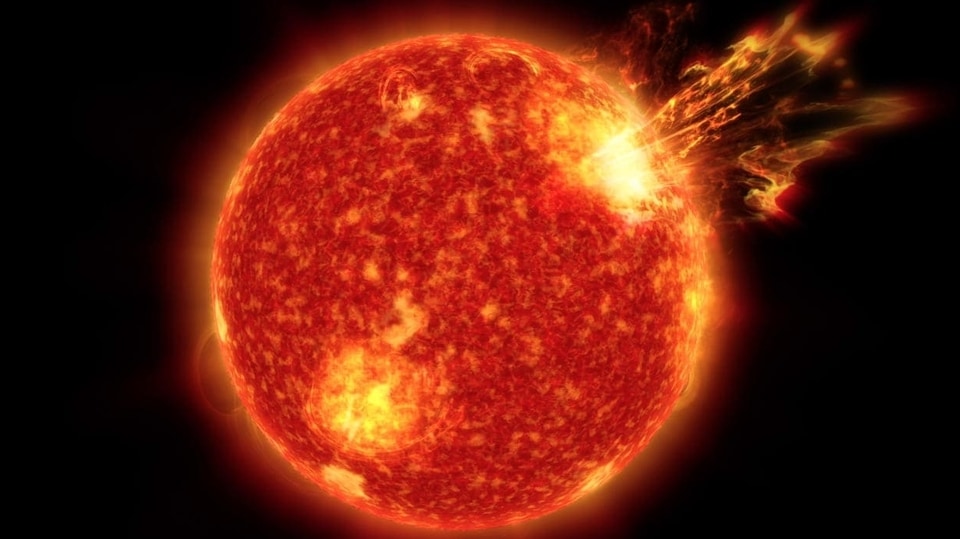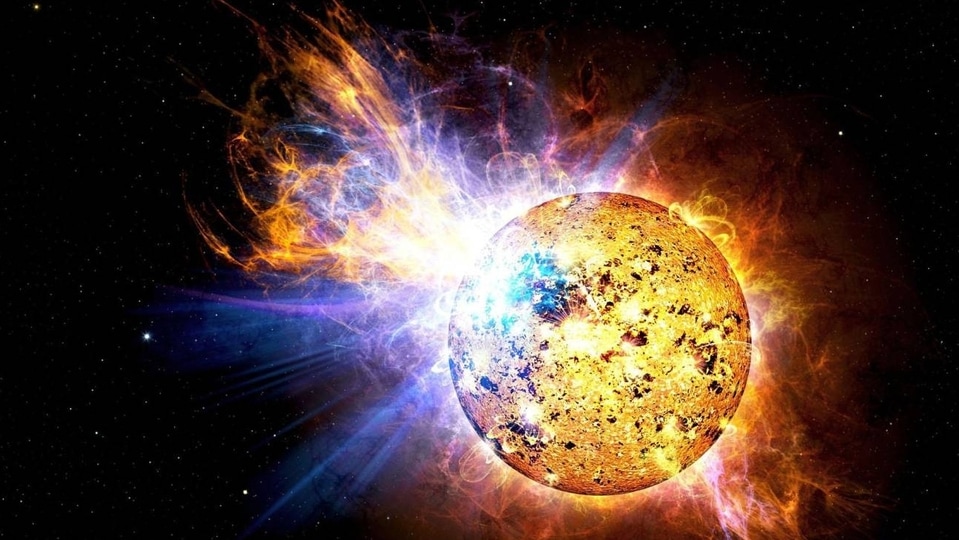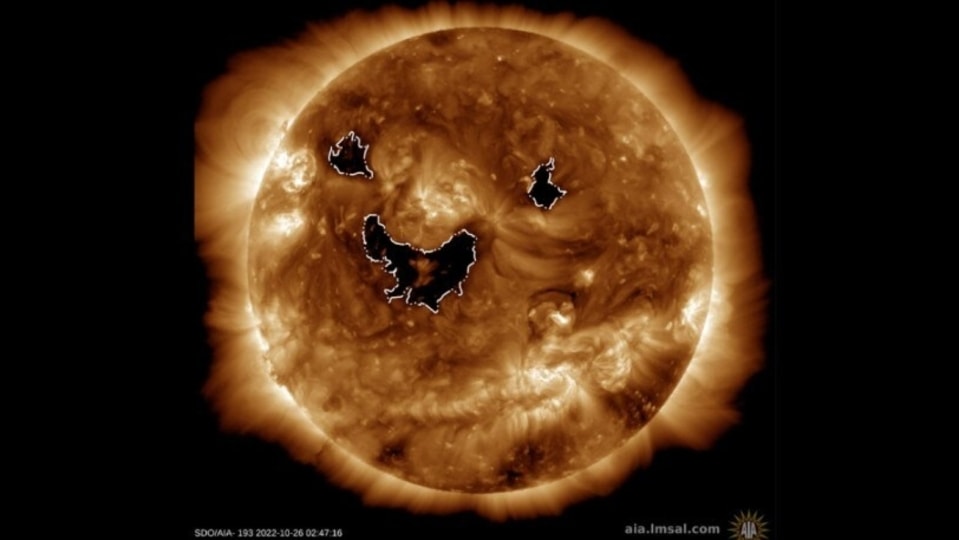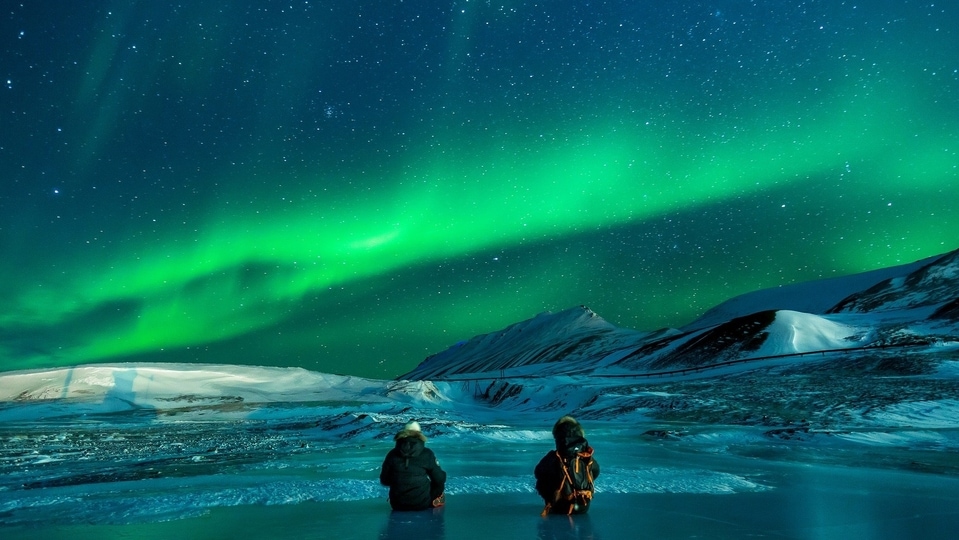Supercharged solar storm strikes Earth on Valentine’s day; Flashes strongest polar lights
On February 14, Valentine's day, a supercharged solar storm struck the Earth. The storm was so intense that it created one of the strongest polar light displays seen in years.

_1658567219974_1658567228615_1658567228615.jpg)





 View all Images
View all ImagesThe National Oceanic and Atmospheric Administration (NOAA) had predicted that there could be a solar storm event on Valentine's day. However, no one was prepared for its intensity. On February 14, a strong solar storm struck the Earth. While it did not impact any nearby satellites, the coronal mass ejection (CME) cloud was so dense that it created a bright auroral display in the arctic region. Many aurora chasers, including veterans, reported that it was one of the brightest polar lights they have encountered in a long time. Check details of this unexpected solar storm.
The event was reported by Space.com, which highlighted, “A well-timed plasma eruption from the sun delivered a Valentine Day's night of auroral splendor for skywatchers in Alaska, with the display's intensity taking by surprise even seasoned aurora chasers”. As per reports, the solar storm that caused the aurora was of G1-class.
Solar storm causes intense polar lights
Vincent Ledvina, an Alaska-based astro photographer and aurora chaser, tweeted about the incident and said, “Everything about tonight was insane. One of the best nights of aurora of my life, maybe the best. We had substorm after substorm, it never let up”. For the unaware, a substorm is a brief disturbance in the Earth's magnetosphere that causes energy to be released from the tail of the magnetosphere and injected into the high latitude ionosphere. In layman's terms, it is an aurora storm that is caused by a solar storm and is seen in short tranches.
Ledvina is a veteran when it comes to aurora photography. As per his website, he took his first aurora photo in his high school and ever since he has been chasing after them. Now, a Ph.D student in the University of Alaska, he continues to take professional photos of polar lights and makes time-lapse videos.
And despite years of watching solar storms impact the atmosphere and create auroral displays, he stated that he had never seen anything like that before. In a separate tweet, he said, “Tonight's aurora in Fairbanks, Alaska was easily one of the brightest I've seen”. He also called the event “straight up magical” and “The most intense red color I've seen”.
Catch all the Latest Tech News, Mobile News, Laptop News, Gaming news, Wearables News , How To News, also keep up with us on Whatsapp channel,Twitter, Facebook, Google News, and Instagram. For our latest videos, subscribe to our YouTube channel.































